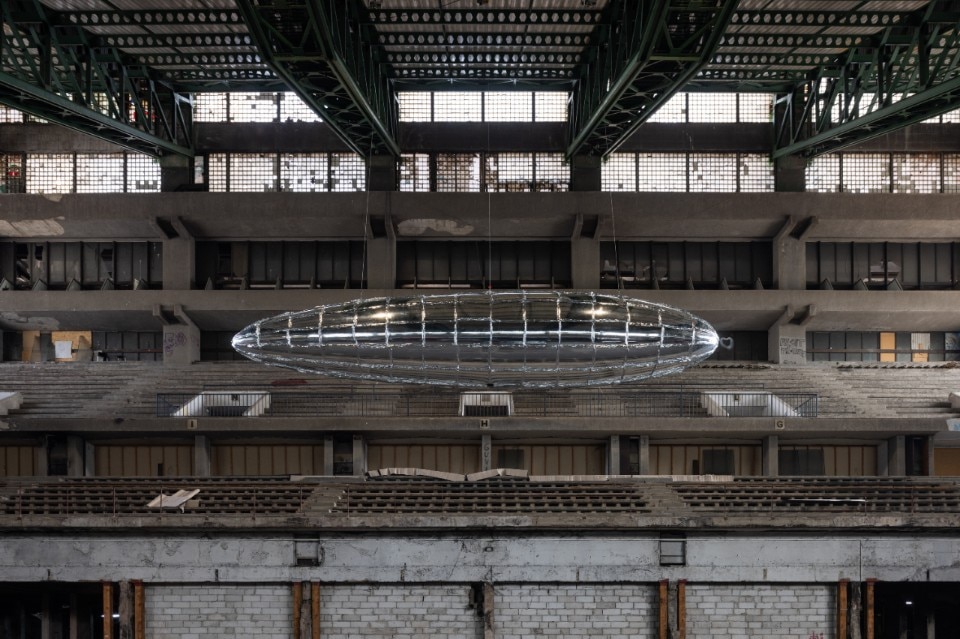More than twenty years have passed since the end of the Yugoslav Wars that resulted from the breakup of Yugoslavia. And Kosovo, which proclaimed its independence in 2008 by seceding from Serbia, finds itself hosting Manifesta: a European Nomadic Biennial that has always aimed to keep its distance from mainstream venues and recognised centres of artistic production; a principle that is admittedly observed in alternating phases, but is certainly consistent with the choice of this fourteenth edition.
The event takes place in the capital, Prishtina, a city in need of profound restructuring; one need only to look at the irregular and heterogeneous urban fabric – just as heterogeneous, on the other hand, is the social environment, stretched between tradition and the desire to move forward. Construction is completely entrusted to individual flair, with outcomes that are often paradoxical; public space has been eroded through lack of planning. If, wandering around the city, the modernist architecture typical of Yugoslavia, as of all countries once under Soviet influence, is interestingly combined with memories of Ottoman architecture – including minarets still in use today –, what prevails in the city are the stratification and, even more, the superfetation that particularly distinguishes post-war construction.
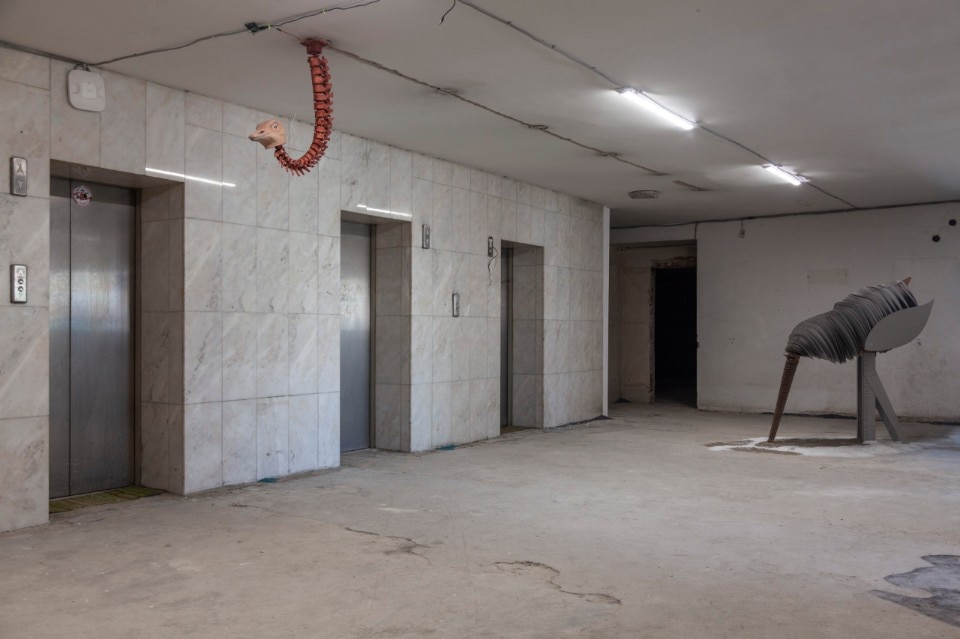
In fact, the whole picture tells of a country undergoing great transformation, but whose development still needs to be oriented.
At the same time, Prishtina is the youngest capital city of the European continent. The presence of a large segment of the population interested in a transversal and experimental culture strongly contributes to the city’s character. The sense of dynamism and energy is evident and takes the form of a great sociability that claims space and spills out onto the streets or into the countless, very popular, informal-looking and very pleasant bars and clubs.
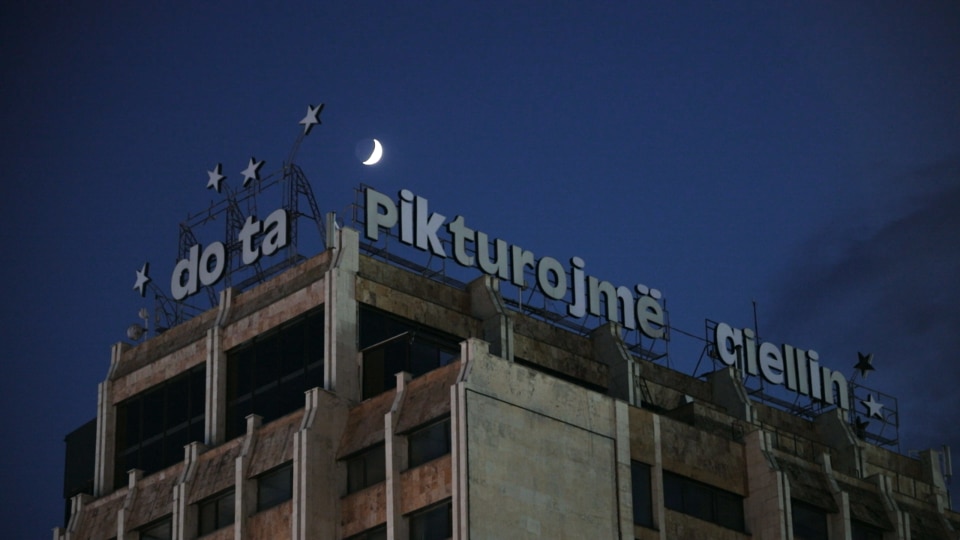
This vitality clashes not only with the country’s internal dysfunctionality, but also with the issue of Kosovo’s unresolved status in relation to other states. It is the only country in the area whose citizens still have to obtain a visa to visit the European Union, and to travel to the Western Balkans themselves; and obtaining a travel visa is complex, as well as extremely expensive. A major problem for a very young and vital population, which sees the West as its point of reference.
This was the backdrop to Manifesta, which, on the other hand, had already been focusing on the context in previous editions, most recently Palermo in 2018 and Marseille in 2020.
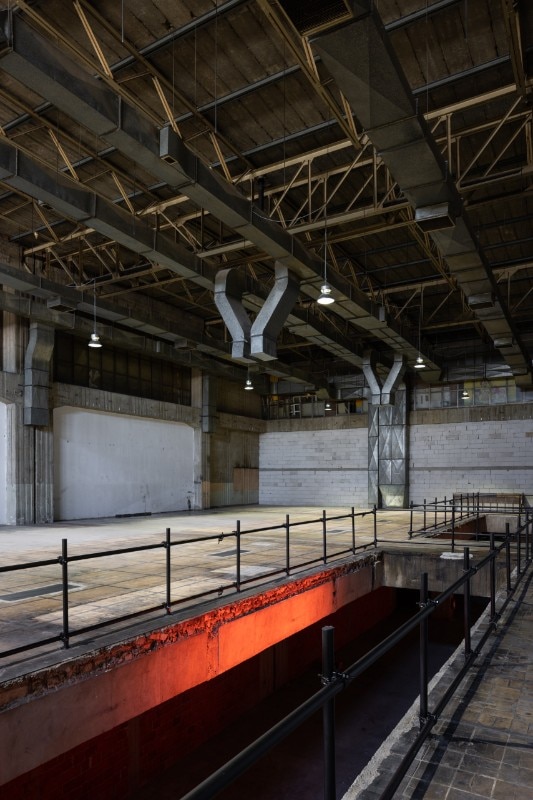
In this fourteenth edition, the choice was to offer itself as a catalyst for much needed urban transformation even more than as a contemporary art exhibition. It is no coincidence that the creative mediators – this is how Manifesta renamed the curators – are two: Catherine Nichols, who works in the field of art, and Carlo Ratti with his design and innovation agency CRA-Carlo Ratti Associati. The latter, in particular, with his participatory urbanism method involving individuals and local communities, has helped to activate a set of processes and activities that make this edition of Manifesta first and foremost an opportunity to rethink the role and conditions of local infrastructures and the use of public space.
So much so that, for the first time in its history, Manifesta has activated a cultural institution intended to be permanent, the Centre for Narrative Practice. Located in the building of the former Hivzi Sulejmani Library, the Centre is a long-term interdisciplinary project for which the Biennial will provide financial support in the first years. The challenge, as always in such cases, is to understand how it will be managed and who will run it during these months, and especially afterwards. It is in any case a place to visit, to spend some time, consulting the books available or sipping a coffee under the trees of the small café set up in the garden.
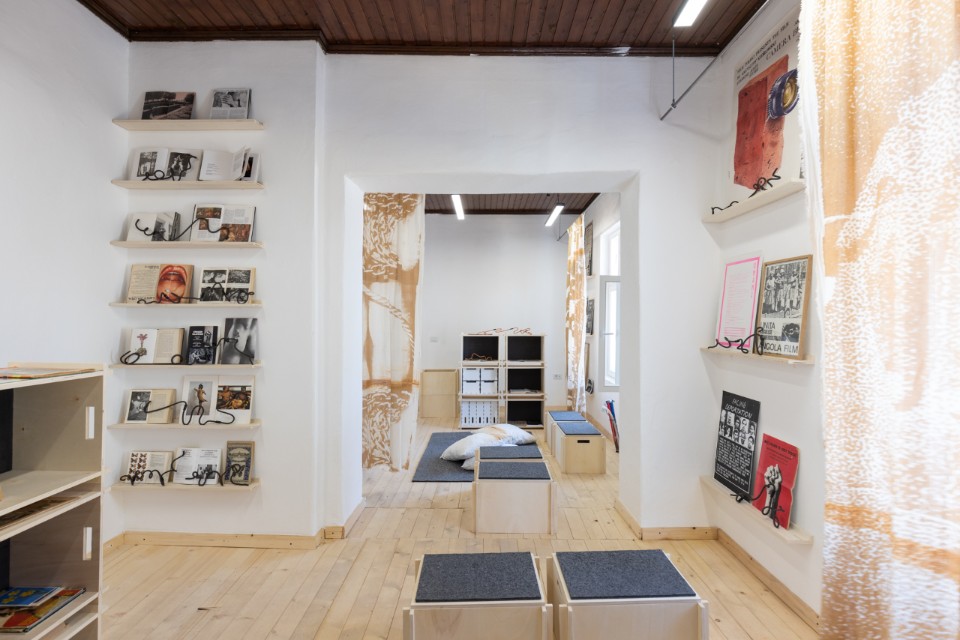
Furthermore, if the nerve centre of the Biennial is the decadent Grand Hotel Prishtina built as a luxury residence in the Yugoslavia of 1978 and Tito's residence on his trips to Prishtina, now housing, on each of its seven floors, different works arranged thematically, among its most attractive venues are Zahir Pajaziti Square and Kino Armata. In the former we find, among other things, the yellow modular kiosk k67 designed by Slovenian architect Saša J. Mächtig in 1966, patented in 1967 and produced from 1968 onwards; now also in the MoMA collection.
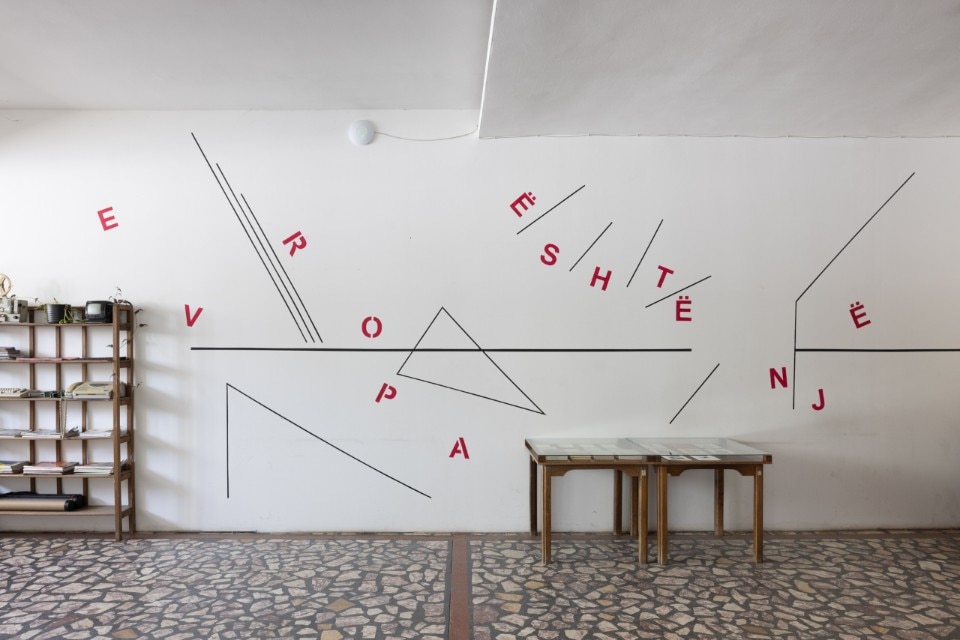
Inscribed in the cultural memory of the citizens of this geographical area as it became immediately popular as a meeting point, the artist Ilir Dalipi has renovated one and placed it in the centre of the square. In addition, it has become, together with the Center for Narrative Practice, the headquarters of Radio International Prishtina, the broadcasting station created by Scottish artist Susan Philipsz, with students from the Art Faculty of the University of Pristina and the Dresden Academy. From here, throughout the period, the group will develop sound interventions based on an online archive of vintage recordings from South Eastern Europe. He will also be seen at work inside the iconic kiosk from above, looking out of a window on the top floor of the Grand Hotel.
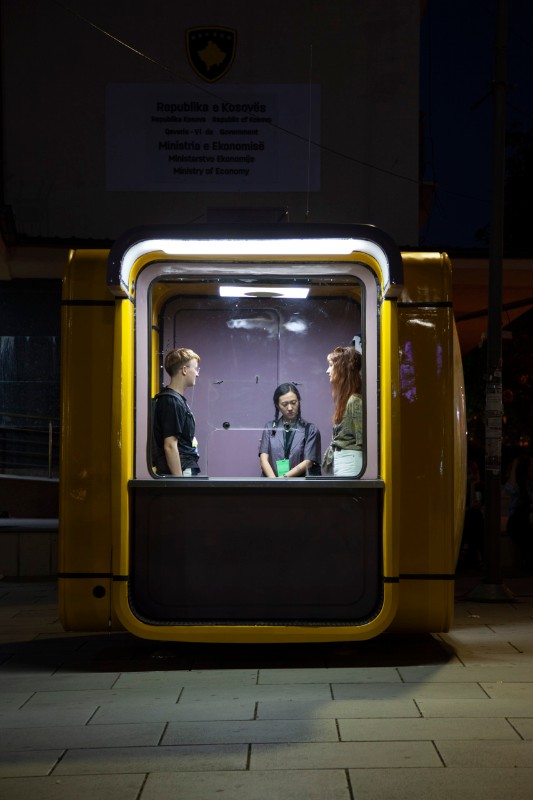
Not far from there, Kino Armata is an independent cinema and theatre that works to promote alternative culture and social dialogue. During Manifesta it hosts a lively public programme that includes shows of different kinds.
The exhibition’s itinerary includes 25 venues scattered around the city of Prishtina, and all are worth a visit. In some cases, they are true urban interventions; this is the case of the Brick Factory: a former brick kiln that has undergone revitalisation. By converting it into a meeting place and cultural production centre, it has returned to the city’s awareness, from which it had disappeared despite its central location.
![Brick Factory [Working on] Common Ground, 2015, 2020 © raumlaborberlin. Foto © Manifesta 14 Prishtina, Ivan Erofeev Brick Factory [Working on] Common Ground, 2015, 2020 © raumlaborberlin. Foto © Manifesta 14 Prishtina, Ivan Erofeev](/content/dam/domusweb/it/art/2022/08/05/manifesta-a-pristina-un-catalizzatore-di-trasformazioni-urbane-la-guida-di-domus/domus-manifesta1.jpg.foto.rmedium.jpg)
The same applies to the now unused railway line, which used to carry bricks from the kiln to all parts of Yugoslavia. This too, cleared, landscaped and equipped with seating, is being decisively transformed: according to Carlo Ratti’s vision it will become a Green Line, a pedestrian green corridor that will be used as a promenade or meeting point. Connecting different areas of the city, it also leads to a huge structure where some of the country’s major newspapers, including the important Rilindja, were once put together and printed in Albanian, Serbian and Croatian.
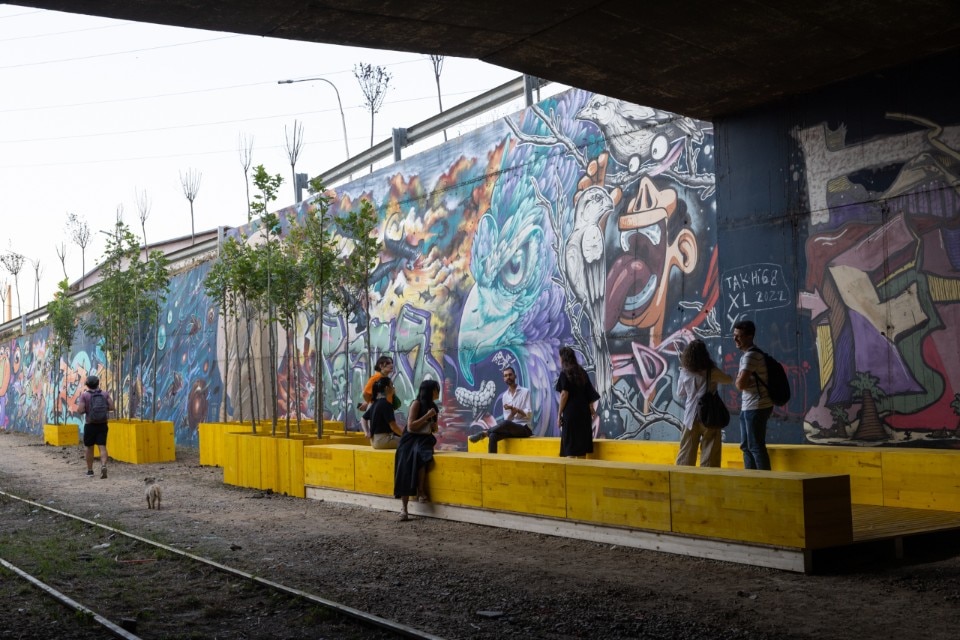
After the publishing house closed in the 1990s, when the spaces of expression contracted and this cultural transversality was no longer accepted, the space, emptied of all machinery, became a venue for popular dance and electronic music events. Here, Turkish artist Cevdet Erek has created one of the most effective installations in the exhibition: a spatialisation based on sounds and lights that move across the place, evoking its double memory.
The city was already reflecting on the potential of these disused structures, but Manifesta has served as a laboratory and a true activator for new uses and new urban narratives.
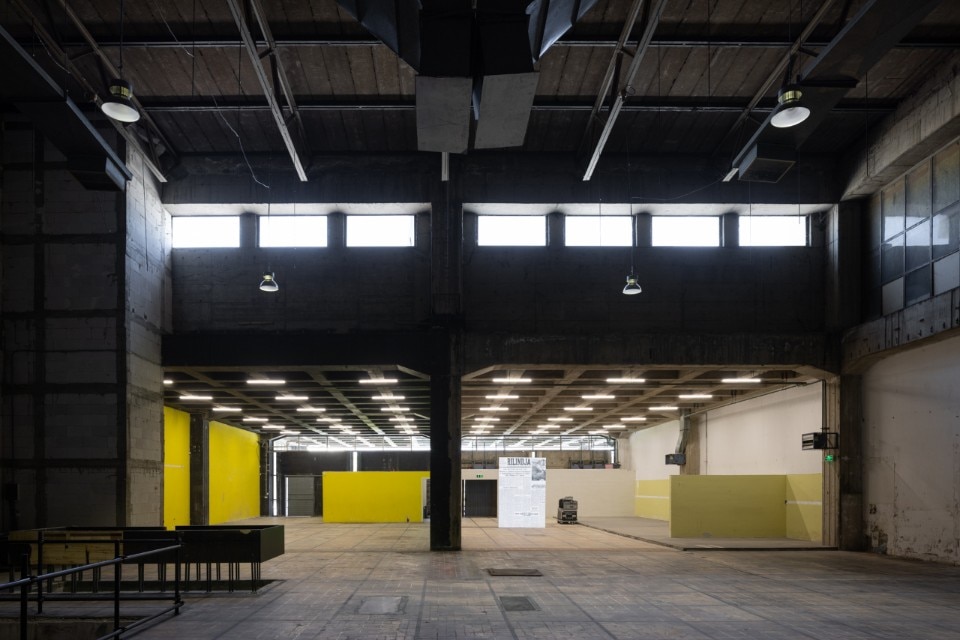
Opening image: Palace of sports, Willing to Be Vulnerable, Metalized Balloon, 2015, 2020 © Lee Bul. Photo© Manifesta 14 Prishtina, Ivan Erofeev


